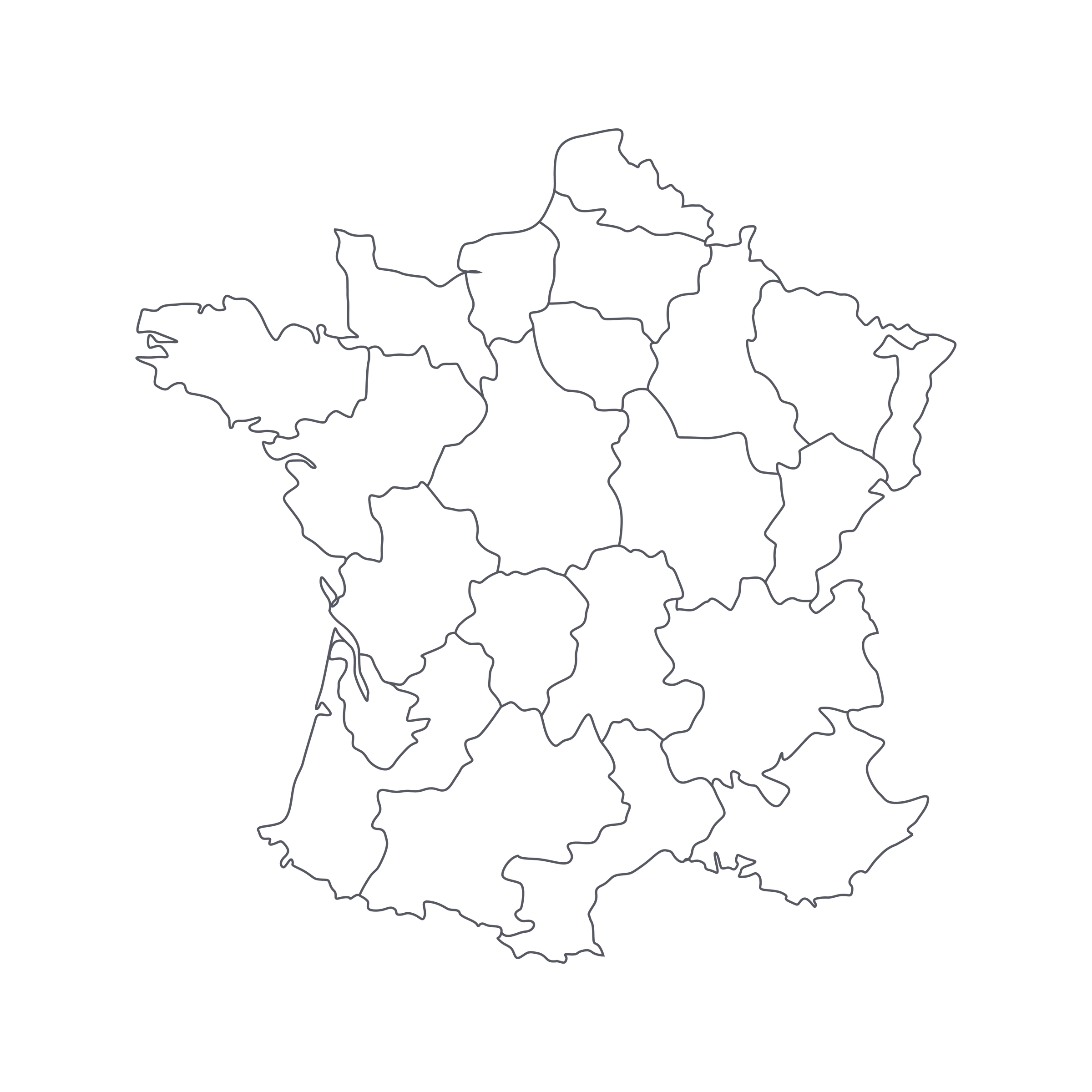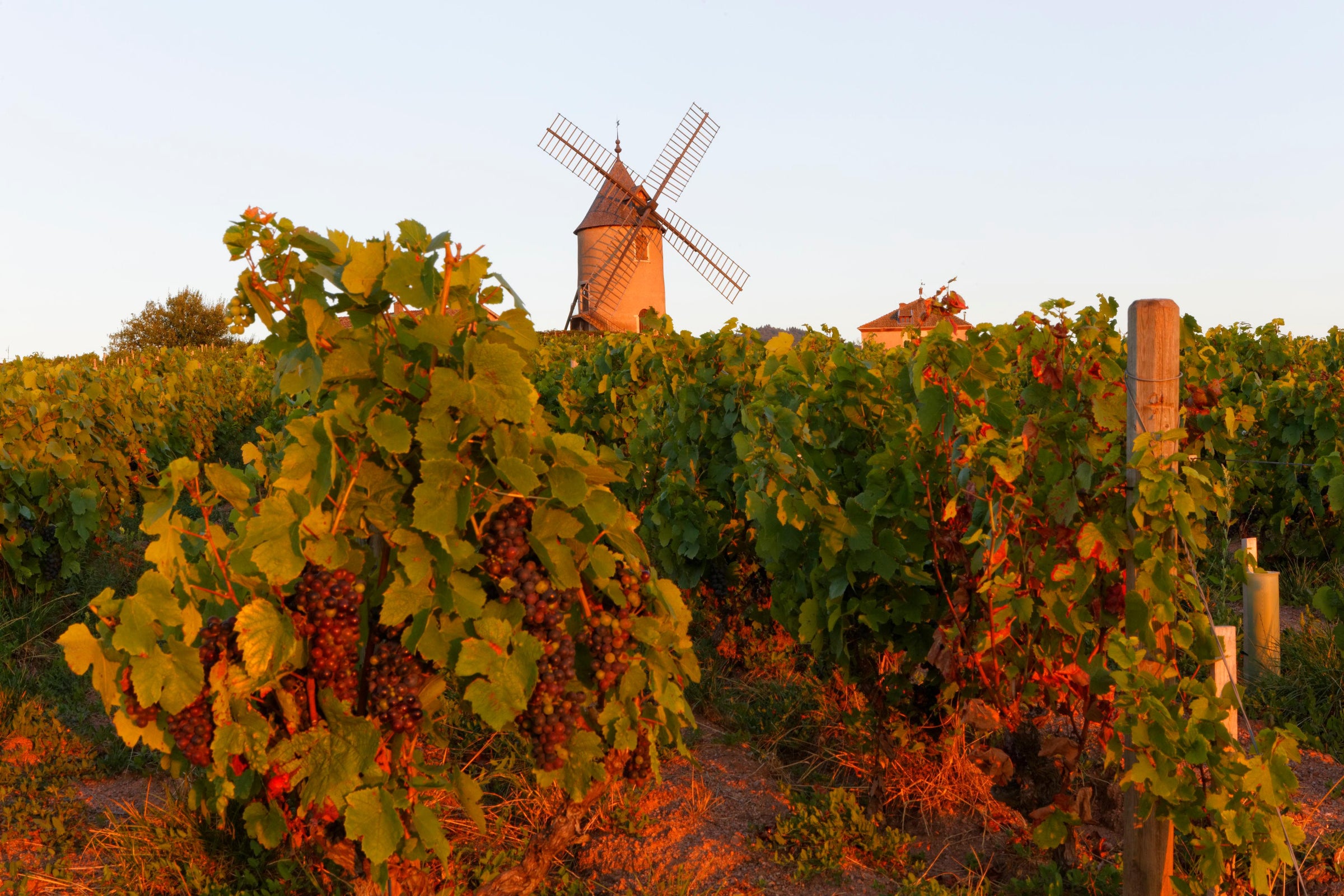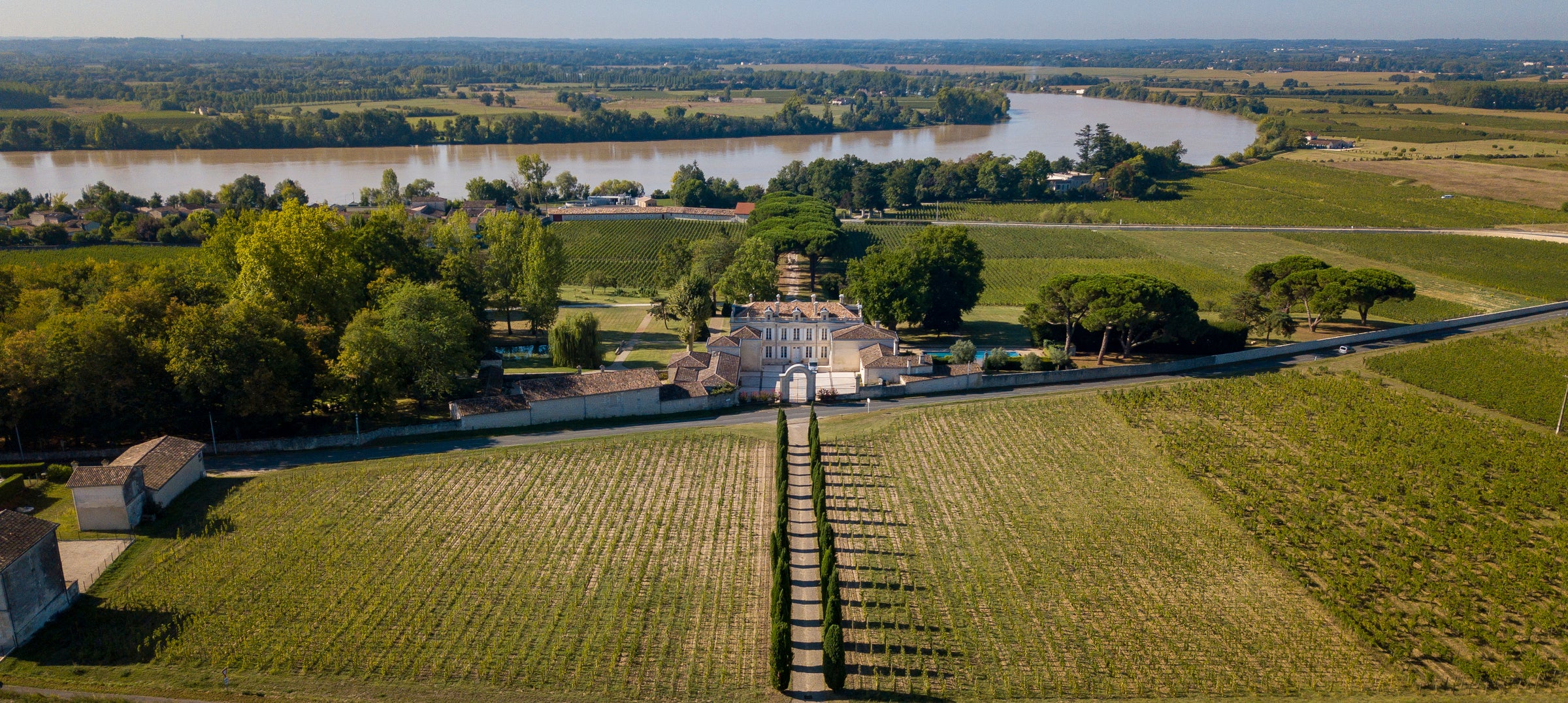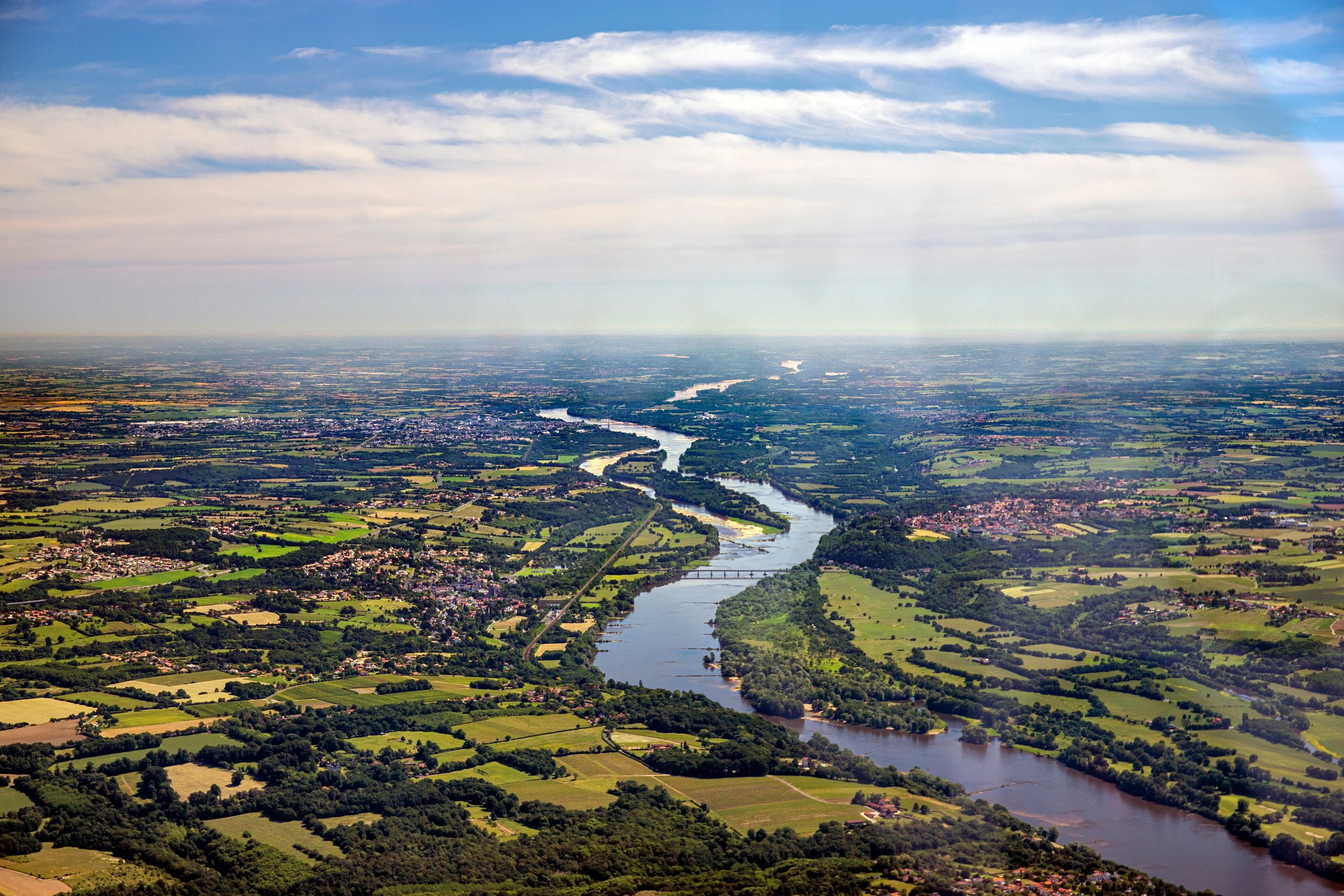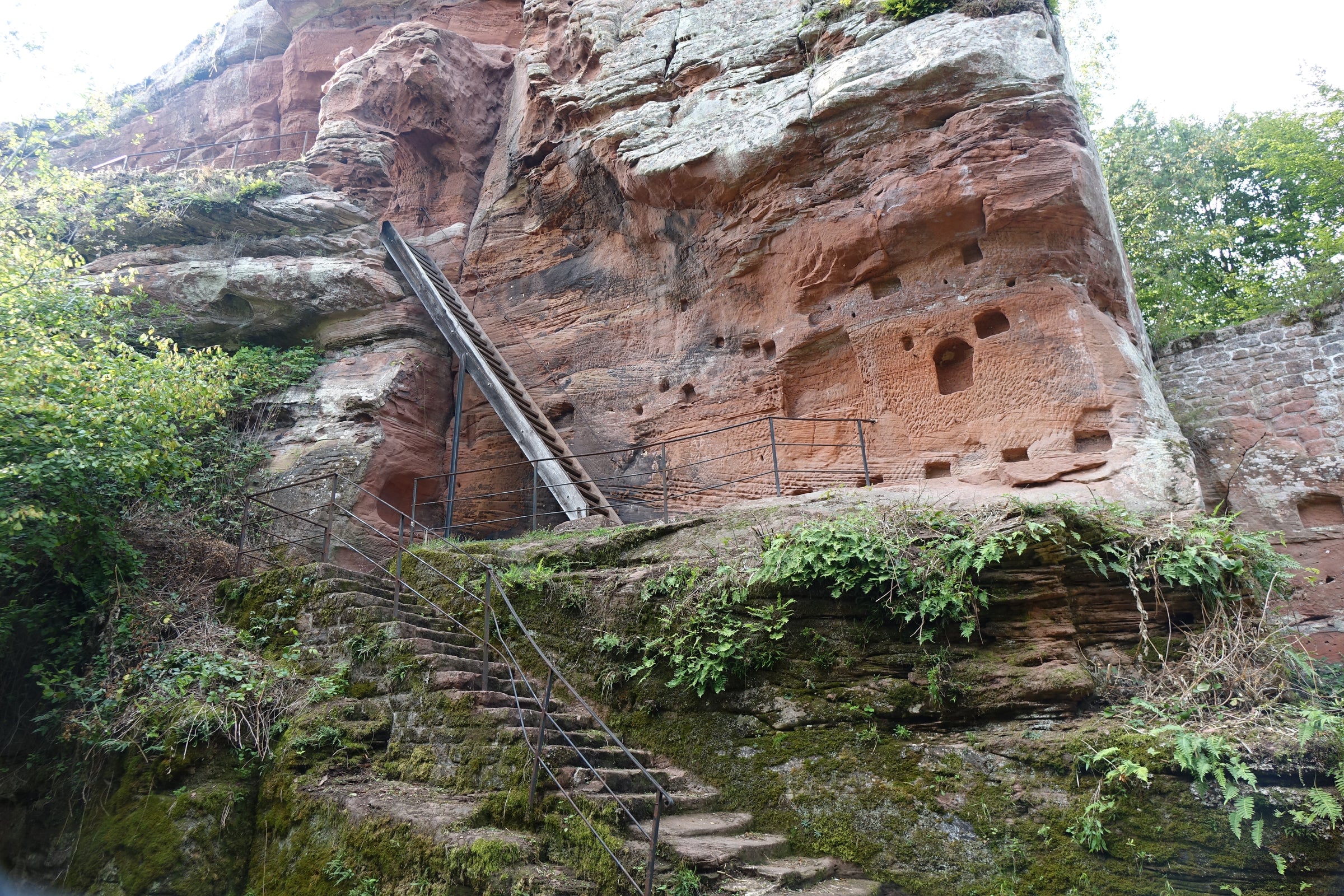We’re not still feeling the “Sideways effect,” are we? I mean, come on: To dismiss Merlot as a category is to miss out on some of the greatest reds of Bordeaux’s Right Bank. I know I’m not willing to do that, and every so often a wine like this 2015 from Saintem (a.k.a. Saintayme on some labels) comes along to remind me that I’m on the righteous path.
Pure Merlot is a rare beauty. It’s a treasure of rubies, opulent with dark red fruits, sweet moss, bay leaf and veins of iron-rich earth. Some think that Merlot is better for blending, but then Bordeaux is the epicenter of blending—a smart safeguard for the see-saw of cool, rainy, then warm, weather that defines the region. In Saint-Émilion, Merlot’s blending partner is usually Cabernet Franc or Cabernet Sauvignon (the latter becoming more popular). And when we think of pure Merlot, the first appellation that springs to mind is Pomerol, Saint-Émilion’s elegant, alter-ego neighbor. Yet, even in Pomerol, pure Merlot bottlings are scarce and happen to be some of the most expensive wines (Le Pin; Pétrus) on the planet. This formula carries over into Italy, where wines like “Masseto,” “L’Apparita,” and Miani’s “Filip” have ascended to the highest echelons of pricey Merlot. And in the US, superior “Merlot” wines are even harder to find: Heidi Barrett’s “Amuse Bouche” uses a dollop of Cabernet Franc and Duckhorn’s “Three Palms Vineyard” adds a little Cabernet Sauvignon. That’s why today’s wine is totally thrilling (finally someone has made a pure, high-quality Merlot that is also affordable!). It’s not surprising that Denis Durantou was the man to do it. His is a Right Bank name you very much need to know!
Saintem is one of several Right Bank properties under the supervision of Durantou. It is a ‘single parcel’ estate, planted almost exclusively to Merlot in the commune of Saint-Étienne-de-Lisse. Here, on the eastern flank of Saint-Émilion’s limestone plateau, the soils are cooler, interwoven with clay and loosely covered by gravels. It’s a tricky spot for the later-ripening Cabernet varieties, so Denis went against the trend and stuck with Merlot. Hardly a novice with the variety, Denis is better known for his acclaimed Pomerol estate, Château L’Eglise Clinet (a bottle of its 2015 will cost you about $300), which he has managed since the early 1980s. And with another two Merlot-dominant estates in the Lalande-de-Pomerol appellation, Durantou has quietly become one of the winemaking kings of the Right Bank.
Denis’ meticulous, almost soldierly team from L’Eglise Clinet is the same one that crafts Saintem. Crop-thinning and leaf-stripping are done in August and September. Grapes are de-stemmed and gently crushed, fermented in small, temperature controlled stainless steel vats where the wines go through malolactic fermentation. The oak treatment is less aggressive at Saintem, about 30% new oak for a 14-month élevage. This is a disciplined, classic Bordeaux, grounded in expertise, low yields, and old vines without the extra gloss of late picking, over extraction, and/or intrusive oak. Regardless of the grape, this is an exceptional single parcel estate, blessed with a warm vintage in 2015 and, in this moment, one of Bordeaux’s screaming values.
Despite the power of 2015, there is no stiffness nor any shortage of descriptors when popping the cork. Give the wine a brief 20-minute decant and swirl, then serve the wine in a Bordeaux stem at cellar temperature. Upon first encounter, a surge of dark red fruits pop and roll: dark cherries, red plums, and preserved currants. The slightest hint of evergreen and moss melts with cedar and cocoa spice, then light vanilla. Minerality bleeds through with iron ore and dusty, chalky tannins. It is so expertly well-balanced that technical ‘medium-plus alcohol’ and ‘medium-plus tannin’ is seductively couched in its medium soft and creamy texture. New aromas and flavors continue to unfurl after a few minutes in the glass, proving its true complexity despite its modest price. Have fun with this one and bring it to a blind tasting group or share it at home with bolder vegetarian dishes or medium fatty cuts of meat. With a prep time of 10 minutes, there’s no question that you will impress your guests with the attached recipe. The sweetness/savor of the rub plays well with the wine’s similar interplay of flavors. Invite over a few close friends, pour a few glasses, and set the “Sideways” haters back on the righteous path! Cheers!


